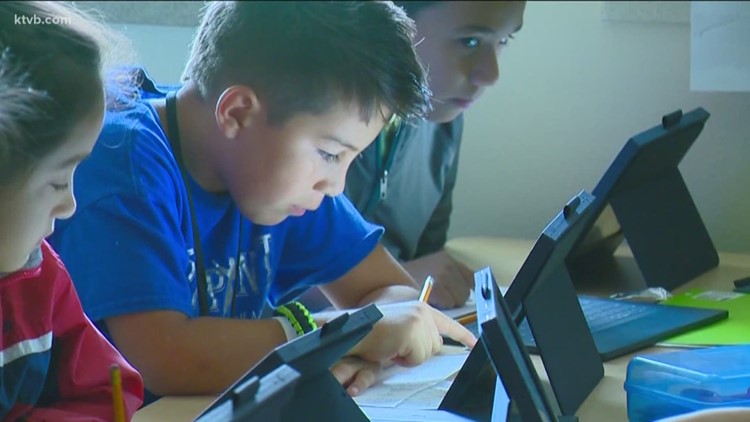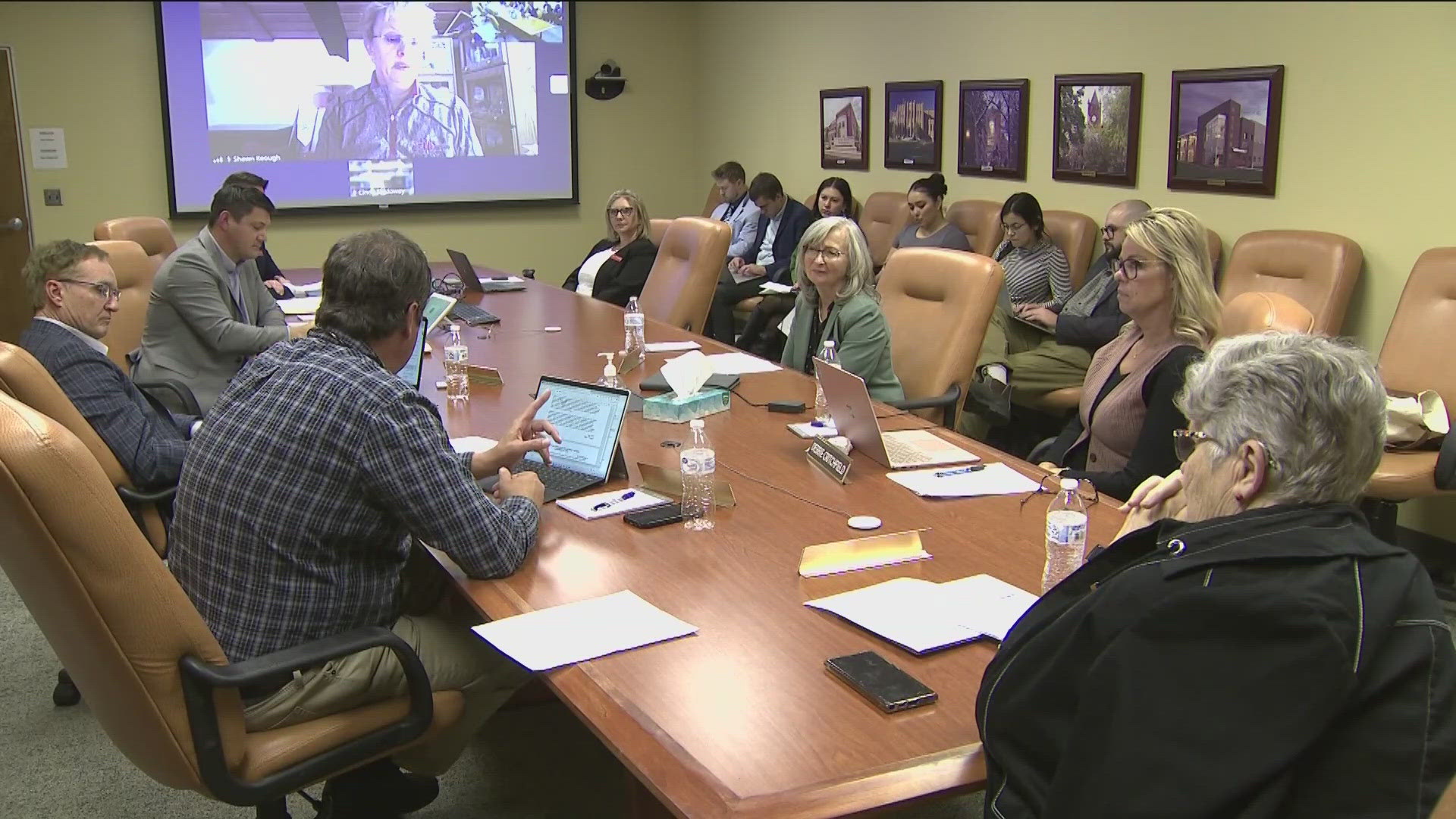BOISE, Idaho — Idaho is short more than 186,000 digital devices needed to provide access for students and teachers, and local officials are working to bridge that gap before the fall semester.
According to a survey from the Idaho State Board of Education, 173,986 devices are needed to provide access to all students currently without a remote learning device, and 12,774 devices are needed for educators. Additionally, 28,056 students and 2,699 educators are without internet access.
“It was a much larger issue than we previously had been talking about,” said Tracie Bent, chief planning and policy officer for SBOE.
Bent said SBOE first sent the survey in mid-May, and it was distributed to all Idaho school districts and charter schools. She said the response rate was higher than normal. Out of 172 school districts and charter schools, only 32 have not responded, and Bent said responses are still trickling in.
SBOE’s previous research found that economic status is one of the biggest factors determining whether students have access to a computer or other learning device, particularly in urban areas, Bent said. But other factors, such as geographic location, also play a part. School districts in rural areas often see more issues with connectivity, she said.
Idaho Business for Education CEO Rod Gramer said it is likely that students will be in either a combination of in-person and online learning or entirely remote learning depending on the state of the COVID-19 pandemic in Idaho at the start of the fall semester.
Students from low-income households are already at a disadvantage normally, and without access to remote learning devices, Gramer said that gap will only get wider. IBE, along with several other state and school officials, are working to bridge that gap.
In April, IBE launched phase 1 of a plan to collect donated devices and provide internet access to school districts with students in needs. The organization collected roughly 1,300 devices in eight weeks and is now preparing to launch phase 2 to collect even more before the fall, Gramer said.
“We really hope to collect many more,” Gramer said.
Phase 2 of the plan will also involve collecting more donated laptop and other devices, as well as raising money to provide internet access, Gramer said. IBE is hoping to sponsor one day later in July as “Close the Divide Day,” where drop-off points will be set up across the state for people to donate their devices.
Gramer also serves on a state committee dedicated on closing the digital divide. He said several state and school officials serve on the committee, and are discussing possible ways to get devices and internet access to students, including tapping into federal relief funds.
Even if every student and teacher receives access to the learning devices they need by the fall, Bent said there are more challenges to remote learning than just giving students access to technology. She said school districts are preparing plans now to implement successful remote learning models in the event that the pandemic requires students and teachers to remain at home.
“We are in uncharted waters,” Gramer said.
If you can help with donations of unused computers or provide other assistance to this effort, please contact Idaho Business for Education Communications Director Leslie Barbour at lbarbour@idahobe.org or 817-896-1725.
Erin Bamer is the Nampa/Caldwell reporter. Contact her at 208-465-8193, or ebamer@idahopress.com. Follow on Twitter @ErinBamer.
If you enjoy reading articles like this one from our partners at the Idaho Press, please consider subscribing to them for newspaper delivery or digital access to help ensure stories like this are told.
More from our partner Idaho Press: Treasure Valley on track to lose 30-65% of agriculture land by 2100



